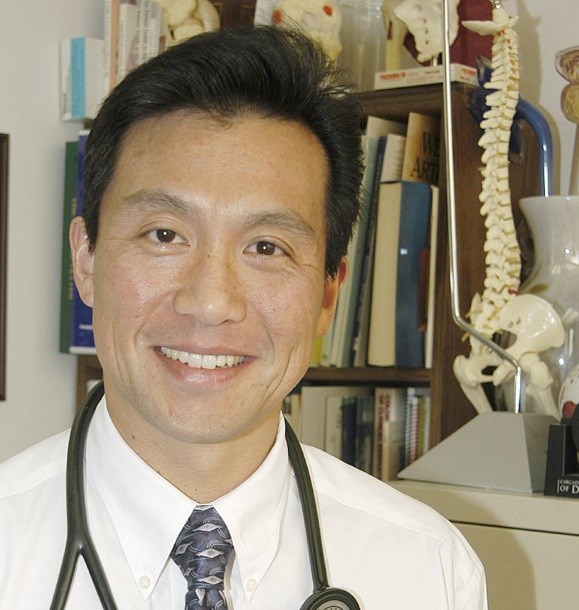In an ideal world, you could see your trusted family doctor whenever you need to, but in the real world, emergencies arise and you have to go to the hospital, or an urgent problem prompts you to walk in and wait at a handy clinic.
How can you ensure the unfamiliar doctor in front of you is making the right diagnosis? How can you be sure that you’re getting the best treatment?
To start, it’s helpful to understand the basic structure of a typical medical visit.
It begins when you present your problem(s). This usually takes the form of symptoms (such as pain, fatigue or shortness of breath) and the healthcare provider will ask you questions to get more details.
Where do you feel the pain? When did it start? What makes it better? What makes it worse? While doctors are asking these questions, we are formulating in our minds the potential diagnosis (or best explanation of your symptoms). The initial list of suspects is long but it is pruned by your responses to our questions and what the doctor finds during the physical examination.
I teach my medical students and new doctors I have mentored that we should start with a broad differential diagnosis (list of possible diagnoses) and like a funnel, gradually and logically narrow it down to the most likely diagnosis. I encourage my colleagues not to rush and narrow too quickly. We might miss out on important physical signs and symptoms and miss the correct diagnosis.
What if you’re not sure if the doctor has made the correct diagnosis or is recommending the best treatment?
Ask these three questions. They are designed to make doctors pause, reflect and broaden the differential:
What else could it be, doctor? This prompts the doctor to pause, reflect and consider alternative possibilities.
What’s the worse thing it could be? This makes the doctor think about the rare but important possibilities that need to be ruled out (i.e. cancer, heart disease, brain tumours). When we’re in a rush, we might jump to conclusions and assume your problems are due to the most common conditions.
What would you recommend to your mother or child? People in healthcare shouldn’t need reminding to be compassionate and realize that you are as important as their own best friends and family members, but this question brings out what I call my golden rule of medicine: treat every patient with the same care that I would want for my own friends and family.
For more information, including practical videos to get the most of your medical visits, check out the Burnaby Division of Family Practice’s Empowering Patients public health education program.
Davidicus Wong is a family physician and his Healthwise columns appear regularly in this paper. For more on mindfulness and achieving your positive potential in health. See his website at DavidicusWong.Wordpress.com.



